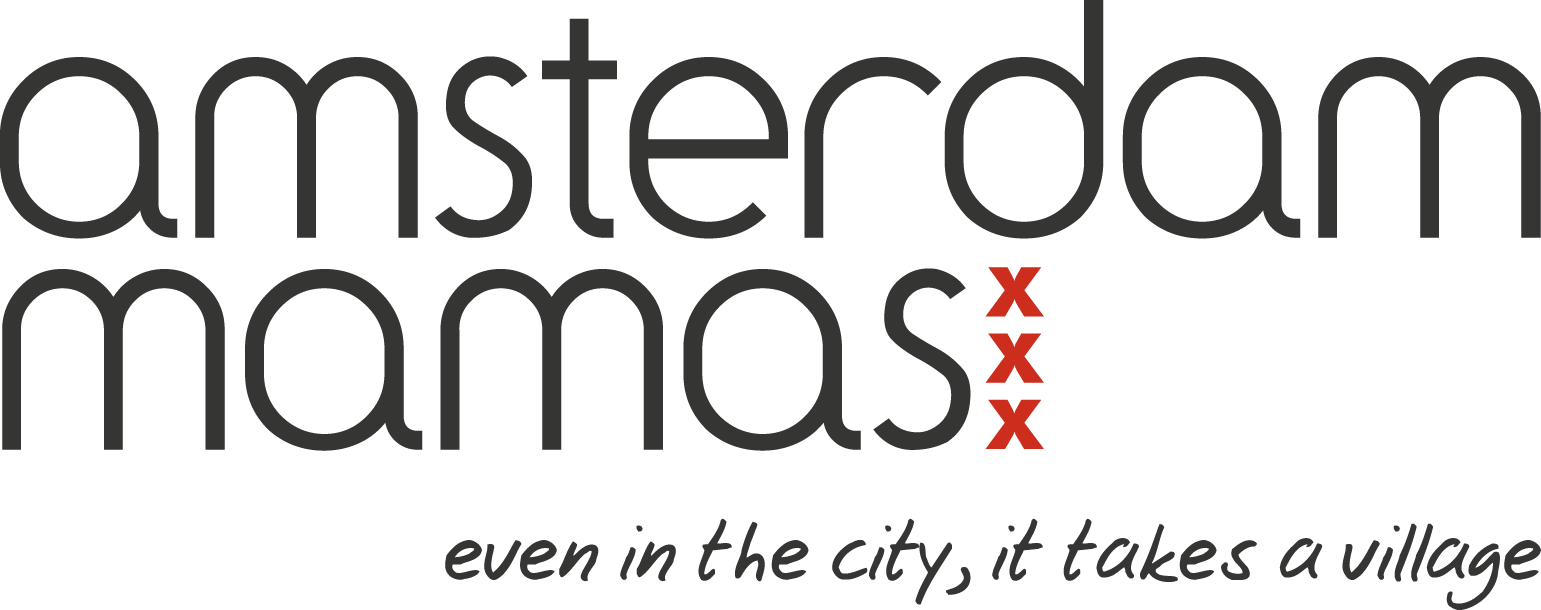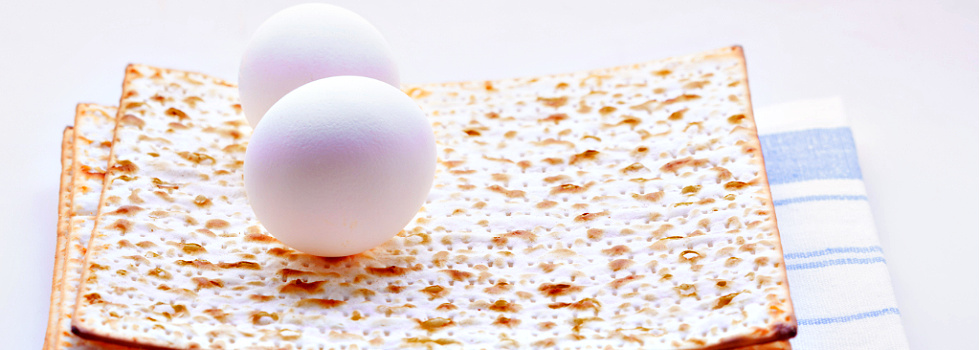As a diverse community, Amsterdam Mamas is eager to hear about the celebrations and festivals of our members. Soon, the Jewish members of our community will celebrate the feast of Pesach, or Passover. Tanya Kovarsky explains Passover’s history, significance, and rituals as well as local resources for having a delicious Kosher feast. Chag Sameach!
Passover/Pesach – the Celebration of Slavery to Freedom
Passover, also known as Pesach in Hebrew, is a Jewish holiday that falls during early spring in the northern hemisphere, close to Easter. It is commonly known as the time when one can find matzah crackers on supermarket shelves (which are delicious with butter and jam, or some cheese, by the way).
Morre importantly, Pesach is a celebration and appreciation of freedom, and this story of the ancient Israelites exodus from 400 years of slavery is a powerful one. The eight-day holiday is celebrated from the 15th to the 22nd of the Hebrew month of Nissan, which in 2021 falls between 27 March and 4 April, 2021.
What is Pesach?
Pesach celebrates the emancipation of the people of Israel from the Egyptians in Ancient Egypt. God, using Moses as their leader, helped the people of Israel to escape their servitude by casting 10 plagues on the Egyptians so that the Pharoah would free them from slavery. These 10 devastating plagues affected everything from their livestock and water to their health and homes, but still the Pharoah would not free the people of Israel until the 10th and final plague: death to the Egyptians’ first-born children. To be spared, Israelites were told to mark the doorposts of their homes with the blood of a lamb. By doing this, God would spare them and “pass over” their homes, hence the name of the festival.
Pharoah eventually gave in, and he ordered the Israelites to flee. They had to leave in such a hurry that the bread that they had baked for their journey didn’t have enough time to rise, and so instead ate unleavened matzah, which is why we commemorate Pesach by not eating bread or any other leavened products.
How We Celebrate
We celebrate Pesach with a seder (which means “order”) on the first night of Pesach, and in many countries outside of Israel like The Netherlands, on the second night too. The seder is a festive meal in which the Haggadah (the Jewish text) is read.
We read prayers, sing songs and eat food that is symbolic of the story of Pesach. These include maror (bitter herbs, usually horseradish, to remind us of the bitterness of slavery), charoset (sweet paste made of nuts and fruit, symbolising the mortar the slaves used to build the pyramids), salt water (symbolising the tears of the slaves), zeroah (shank bone, representing the Passover sacrifice), egg (hard-boiled egg, symbolic of life and birth associated with the spring season), and karpas (a leafy green vegetable, symbolizing spring and hope). It is also customary to drink four cups of wine or grape juice throughout the seder to celebrate our freedom.
For Ashkenazi Jews (those who originated from Russia and Eastern Europe), the main meal might include matzah ball soup, gefilte fish (stuffed fish dish), brisket and tzimmes (sweet carrot and fruit dish). Unlike Ashkenazis on Pesach, Sephardi Jews (from Spain and Portugal) eat corn, rice, legumes and beans.
Local Resources for Kosher Food:
This is not an exhaustive list, but here are some local businesses where you can find specialty food items for Passover/Pesach:
Kosher food is also available in chain groceries. Of note are:
Jumbo: several locations
How to Wish Someone a Happy Pesach
If you want to wish your friends Happy Passover, the greeting is “chag sameach!” (happy holidays) or “chag Pesach sameach!” (Happy Pesach holiday).
Tanya Kovarsky
Tanya Kovarsky is an award-winning blogger who works as a copywriter by day to pay for makeup, sneakers and trips to Paris. She moved to Amsterdam from Johannesburg in July with her husband and two children, and cites learning how to ride a bike and saying no to fries and mayo as her biggest settling-in challenges. You can follow her on her newest blog, Going Dutch.






